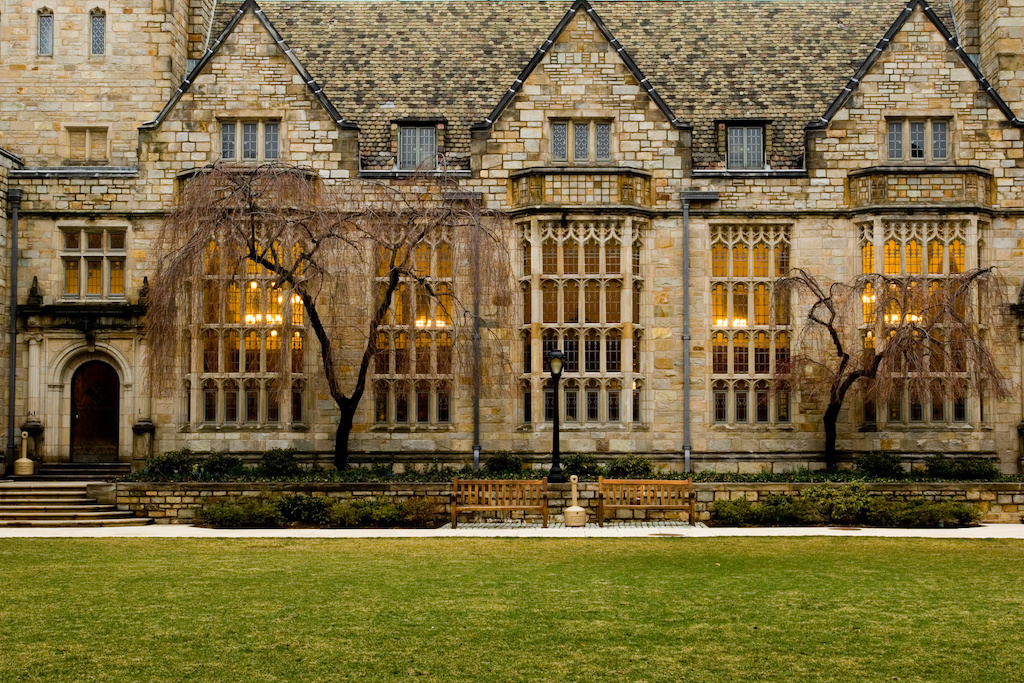I follow NYU business school professor and serial entrepreneur Scott Galloway on Twitter and through his blog, No Mercy/No Malice. When he posted that he had written a new book, Post Corona: From Crisis to Opportunity, I ordered it, just in time to read over the Thanksgiving holiday.
Galloway writes in his introduction that the core of his book is to discuss “how the pandemic will reshape the business environment.” He adds that he began the book with two theses:
1) The pandemic’s most enduring impact will be as an accelerant, and
2) In any crisis there is opportunity; the greater and more disruptive the crisis, the greater the opportunities.
Professor Galloway illustrates the first thesis with a metric. At the beginning of 2020, approximately 16 percent of retail was transacted via digital channels. Eight weeks after the pandemic reached the U.S., that percentage increased to 27 percent and it’s not going back, ever. Ten years of growth occurred in eight weeks.
The second thesis is illustrated with examples in three of the largest consumer categories in the U.S.: healthcare, education, and grocery. In healthcare, the forced embrace of telemedicine offers the potential for innovation and opens a new front in the war against costs in healthcare.
Similar to healthcare, the forced embrace of online learning could “catalyze (good word choice by Galloway) the evolution of higher education, yielding lower costs and increased admittance rates, and restoring college to its role as the lubricant for Americans’ upward mobility.” And in grocery, the delivery to home creates more opportunities for efficient distribution, fresher foods, and inclusion of locally produced goods in the distribution chain.
After the introduction, the remainder of the book is organized in five chapters. Chapter 1, “Covid and the Culling,” notes how companies with strong balance sheets and lots of cash will benefit by buying up the assets of companies with weak balance sheets, consolidating the market and their strength. While cash is great for survival, the real “gangster move” is to have a variable cost structure.
Uber and Airbnb are examples of companies leveraging their cost structure to capture large market share at very little fixed cost. Mr. Galloway sums up this chapter with a thought about which I will comment later: “The best that many second-tier players with no rainy-day fund can do is look for a graceful exit that protects employees and doesn’t leave customers in the lurch.”
“The Four” is the title of Chapter 2. During the five-month period from March through July, dozens of household names filed for bankruptcy in the U.S., and the unemployment rate tripled.
Over the same period, nine major tech companies increased in market value by $1.9 trillion. The biggest of these companies, which Professor Galloway calls “The Four” (after the name of his previously published book) are Amazon, Apple, Facebook and Google. Microsoft is homing in for a chance to be included, which could potentially allow the group to be renamed “The Five.” These five organizations accounted for $1.1 trillion of the $1.9 trillion market gain and make up 21 percent of the value of all publicly traded U.S. companies.
According to Galloway, these five businesses have turned a world crisis into an opportunity by innovating, obfuscating, and exploiting. An expert participant and observer of the tech sector, Professor Galloway provides great insight into how these companies continue to take advantage of their size, strength, and lack of regulatory restrictions.
The potential for tech to continue to disrupt America’s largest industries is huge and Professor Galloway provides a number of examples in Chapter 3, “Other Disruptors.” He writes that “industries become ripe for disruption when existing players fail to adopt technological change to improve quality and value as it may threaten their core business.” These industry sectors have generally increased prices faster than inflation without an equivalent increase in innovation. Thanks again to his active participation as a tech investor, Galloway provides an educated observer’s and insider’s perspective on a number of companies poised to disrupt a sector.
Chapter 4, “Higher Education,” has been the subject of a number of Professor Galloway’s blog posts. As an active leader in online education over the past 18 years, I have also written about the failure of the majority of higher education institutions to adjust their business models to reflect changes in demographics and to provide higher quality education at a lower cost than a model designed for a student population that no longer reflects the majority of students.
According to Professor Galloway, the disruptability index for higher education is off the charts. College tuition has increased 1,400 percent over the past 40 years. Compared to this change, healthcare’s 600 percent increase over the same period seems like a bargain.
In addition, healthcare looks dramatically different than it did 40 years ago, thanks to technology. Higher ed, on the other hand, has increased its investment in fixed costs like buildings without investing in innovation and technology.
Professor Galloway pulls no punches in his overview of the higher education sector. He comments that a few elite institutions have been able to increase their prices by leveraging scarcity, admitting less than 10 percent of applicants. Hundreds of private liberal arts colleges have drafted off of the price increases of the elites (and the 90 percent of families rejected by the elites) giving families “the opportunity to purchase a Hyundai for the price of a Mercedes.”
Meanwhile, colleges have “embraced people who don’t look like us but are intolerant of people who don’t think like us. The result is that 50 percent of elected officials are disinclined to fund a progressive orthodoxy.”
Public systems have had to make up the funding difference by increasing tuitions and heavily recruiting out-of-state and international students. Professor Galloway further adds that all of these price increases have been “enabled by the heroin of federally subsidized student loans.”
The pandemic has forced many traditional institutions to suspend their campus-based operations and move to online or Zoom classes. Galloway writes that “we are in for at least a year of radically transformed higher education, and much of the change will be permanent.”
To understand the impact of COVID-19 on higher education, Professor Galloway writes that you need to understand its value proposition. In exchange for time and tuition, college offers three components of value: a credential, an education, and an experience.
The schools facing an existential threat thanks to the pandemic are the schools that rely on the experience aspect of the value proposition and that don’t offer an elite credential. Galloway writes that a year or more without the in-person experience could drive 10-30 percent of universities out of existence.
The road ahead will be rocky for most higher ed institutions. Professor Galloway writes that the heart of the coming transformation of higher education is technology. He cites that the crisis has led to an adoption of technology over the past five months that dwarfs the adoption of technology over the past 20 years.
Online education provides something that traditional education does not – scale. According to Galloway, scale provides the potential to correct the artificial scarcity of elite education. Lifelong learning provides all universities with the opportunity to take a page from the large tech companies and build a recurring revenue model.
Professor Galloway doesn’t mince his words and while criticizing the current state of the higher education industry, he provides recommendations for improvements in the future. One thing that he argues that we should not do is to provide free college. While it’s a populist slogan, it’s also a transfer of wealth from the poor to the rich.
Improving K-12 education, strengthening two-year programs, and expanding the seats at the best colleges and universities and higher education returns to becoming an engine of upward mobility. I believe that Professor Galloway’s call for the elite colleges and universities to expand their enrollment through online education runs counter to his earlier argument in the book that we are shifting from a brand-oriented economy to a product-oriented economy. Knowledge is ubiquitous thanks to technology, and access is no longer dependent on learning at the elite colleges and universities.
The book’s final chapter, “The Commonwealth,” is a call from Professor Galloway to take government seriously and treat it as a respectable, necessary, and noble institution. Before delving into his reasons for this call to arms, Mr. Galloway writes that “capitalism has no equal as a system for economic productivity” and the “chance to participate in a system that rewards smarts and hard work is a beacon for industrious and ambitious people globally.”
However, he observes that it’s through government that we ensure the system isn’t rigged in favor of the winners. Government needs to consider the long term and register moral and principled concerns. Corporate bailouts are increasing the burden on our children and middle-class taxpayers. Once the government props up the losers, the people with the most political power – corporations and rich people – will be first in line for the handouts.
Higher education, according to Professor Galloway, was supposed to be the antidote to capitalism’s tendency toward classism. However, it has “morphed from the lubricant of upward mobility to the enforcer of our caste system.” He cites access to higher education, specifically public education in California, as the secret to his personal success (hence, the reason for the dedication in the front of the book).
Fast-forward three decades, and it’s five times as difficult to access the upward mobility of public education in California. According to Galloway, “a rich society should make it easier for the next generation to get ahead, not harder.”
In order to improve the situation, Professor Galloway recommends electing officials who believe in government. These officials will protect people, not companies. When you give money to poor and working-class people, you see a multiplier effect because these people spend money when they have it.
The bulk of the pandemic response should have protected people, not companies. Galloway concludes by writing that Americans need to re-find a shared purpose by giving people, not companies, the glide path to success.
There’s much to like in Professor Galloway’s latest book. His experiences provide him with the background to provide facts in an enjoyable, readable story. Galloway also writes that he submitted his content for publication at the end of September. While his call for a change through voting certainly was prophetic in terms of leadership in the White House, the outcome was less decisive in terms of the House and the Senate.
It’s clear to me (and most likely to Professor Galloway post-election) that not everyone agrees on what the shared purpose for all Americans should be. While Post Corona was not intended to be a primer for President-elect Biden, it could be. If we want to restore opportunities for the poor and middle class, we have to do it collaboratively and not continue the partisan politics of the past three decades. Until that change happens, the caste system will continue and the power in the markets will continue to consolidate with large tech companies.











